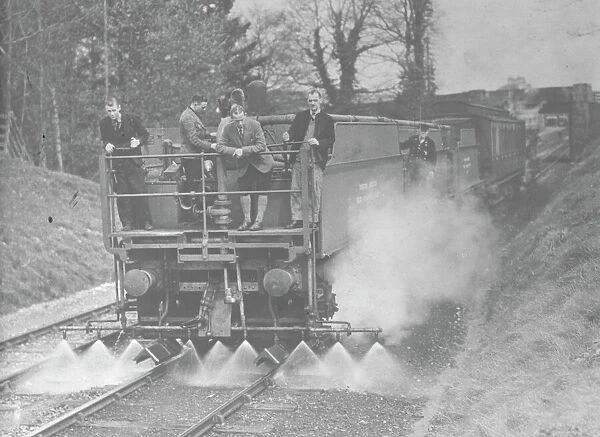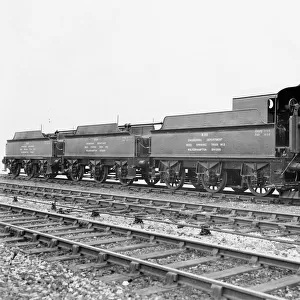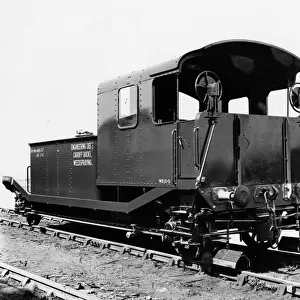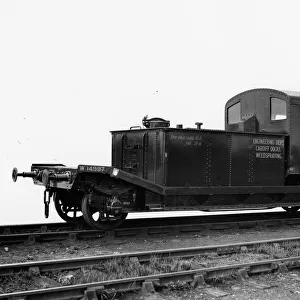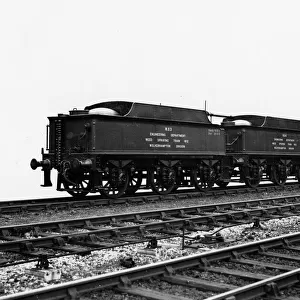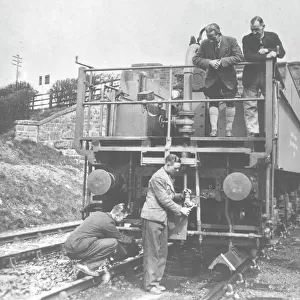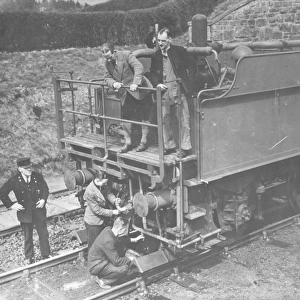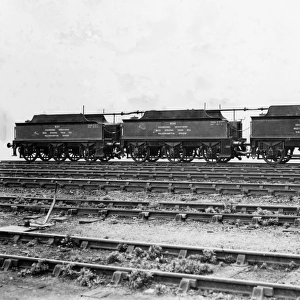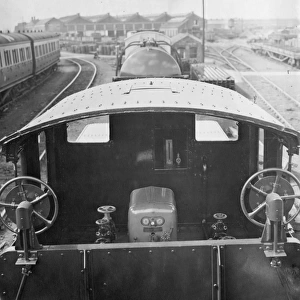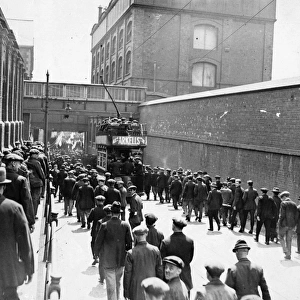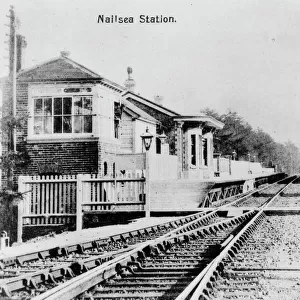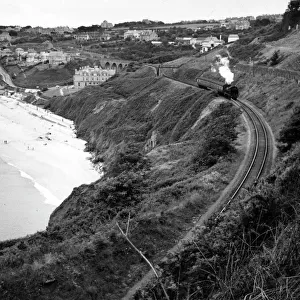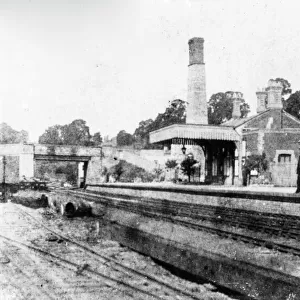Rights Managed > STEAM Museum of the GWR > Carriages and Wagons > Weedkilling Trains
GWR Weedkilling Train with sprays on, 1938
Filename: PX 057.jpg
Size: 3135 x 2280 (2.4MB)
Date: 16th May 2016
Source: STEAM Museum of the GWR
Unique Reference Number: HPX 057
© STEAM Museum of the GWR
![]()

Wall Art and Photo Gifts from STEAM Museum
GWR Weedkilling Train with sprays on, 1938
To operate smooth running services the GWR needed to keep their tracks and tracksides free of unwanted weeds and foliage. The GWRs weedkilling trains usually consisted of an engine and three tenders. The tenders held water which was mixed with the weedkilling solution held in a separate tank. It was then sprayed out the back onto the tracks with jets
STEAM - Museum of the Great Western Railway
Media ID 12100238
© STEAM Museum of the GWR
FEATURES IN THESE COLLECTIONS
> Carriages and Wagons
> Weedkilling Trains
EDITORS COMMENTS
This photograph showcases the Great Western Railway (GWR) Weedkilling Train in action during the year 1938. The meticulous maintenance of the GWR's extensive railway network was of utmost importance to ensure the smooth running of their services. Weeds and unwanted foliage posed a significant threat to the tracks, potentially causing derailments and delays. To combat this issue, the GWR employed specialized weedkilling trains. These trains typically consisted of an engine and three tenders. The tenders held copious amounts of water, which was combined with the weedkilling solution stored in a separate tank. The solution was then distributed evenly onto the tracks through powerful jets mounted at the rear of the train. The GWR's weedkilling trains were instrumental in keeping the railway lines free of intrusive vegetation, thus ensuring the safety and efficiency of their services. The use of these trains was a testament to the railway's commitment to maintaining the highest standards of operation and passenger experience. This photograph offers a fascinating glimpse into the behind-the-scenes workings of the GWR during the era of steam power. The intricate details of the train, from the tenders to the jets, illustrate the innovative solutions employed by the railway to tackle the challenges of maintaining a vast network of tracks and ensuring the continued success of their services.
MADE IN THE USA
Safe Shipping with 30 Day Money Back Guarantee
FREE PERSONALISATION*
We are proud to offer a range of customisation features including Personalised Captions, Color Filters and Picture Zoom Tools
FREE COLORIZATION SERVICE
You can choose advanced AI Colorization for this picture at no extra charge!
SECURE PAYMENTS
We happily accept a wide range of payment options so you can pay for the things you need in the way that is most convenient for you
* Options may vary by product and licensing agreement. Zoomed Pictures can be adjusted in the Cart.

